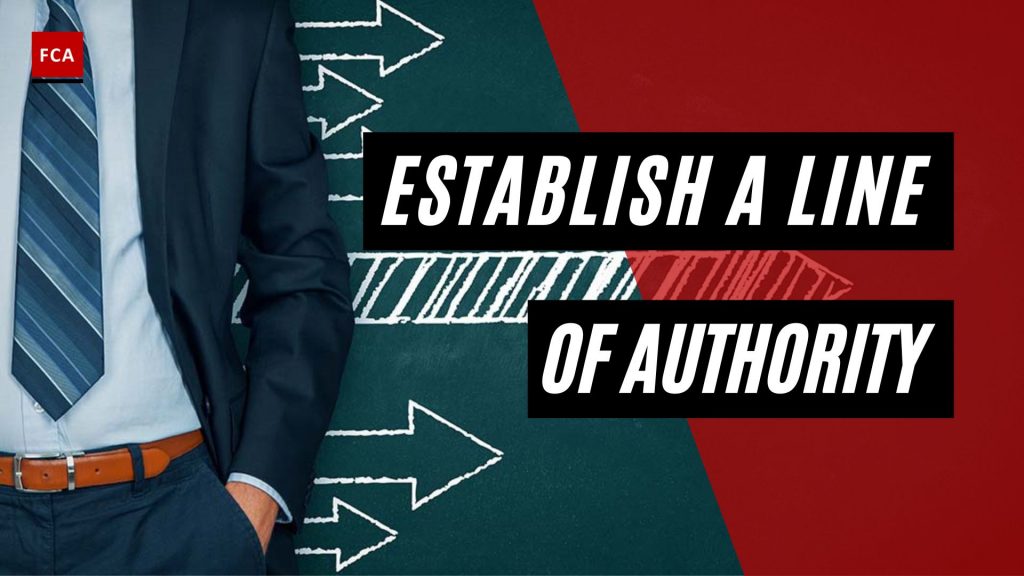Establish a line of authority. Establishing a reporting line of authority and supervision outside counsel to conduct an internal investigation may require coordinating new lines of supervision and authority. Depending on the nature of alleged misconduct, senior management or even the general counsel’s office itself may be implicated in the misconduct.

Establish A Line Of Authority
In such situations, the investigatory team should not report through the normal chain of command (such as to the general counsel). Instead, establishing a special committee or other committees of the Board to whom outside counsel will report should be preferred, and reporting lines should be established that are closely related to how the client has been defined. Accordingly, care should be taken to insulate other board members and senior management from the conduct of the investigation so as not to damage the development of the investigation.
Line authority is the authority granted to someone in a supervisory position to direct subordinates’ actions. This authority is granted in order for an organization to achieve its stated goals and objectives. It is a common feature of hierarchical organizational structures.
Structure And Unity
It makes sense to organize line departments around critical business functions. Bringing together all of the people in charge of producing a specific product or service, for example, allows them to share resources, communicate, and coordinate efforts toward the same goal. Building an organization in this manner employees organized into line departments, supervised by a line manager who reports to an owner results in what is known as the functional organizational structure. It is the most common structure used by small businesses.
Line authority creates a clear chain of command that runs from top to bottom in a straight line. This creates unity of command: everyone takes orders from the same boss, which eliminates confusion and creates accountability. Power grows with each management level, and decision-making authority is largely concentrated at the top, in the hands of the owner. The agenda of the company is set by the owner, who is driven by a vision. As one moves down the chain, each line manager establishes departmental goals that are guided by the owner’s vision and strategy. The company can gain momentum in one direction if there are no competing agendas.
As managers issue commands to subordinates, communication also travels along authority lines. Employees use the phone lines to seek advice and resources. Meanwhile, company directives flow down authority lines to managers, who serve as sources of official information for their subordinates as well as the subordinates’ representative to management above. Because all company activities rely on communication for success, the clear channels established when establishing line authority makes work easier.
Final Thoughts
Line authority refers to the link between superior and subordinate. This relationship is depicted in organizational charts by a solid line connecting a supervisor and an employee. Charts also show entire departments connected by a line to a superior. Such line departments as production, finance, and marketing are critical to the success of a business. Each department is led by a line manager who is knowledgeable about its operations. Each line manager reports to a boss. In a small business, the owner is most likely the superior.









